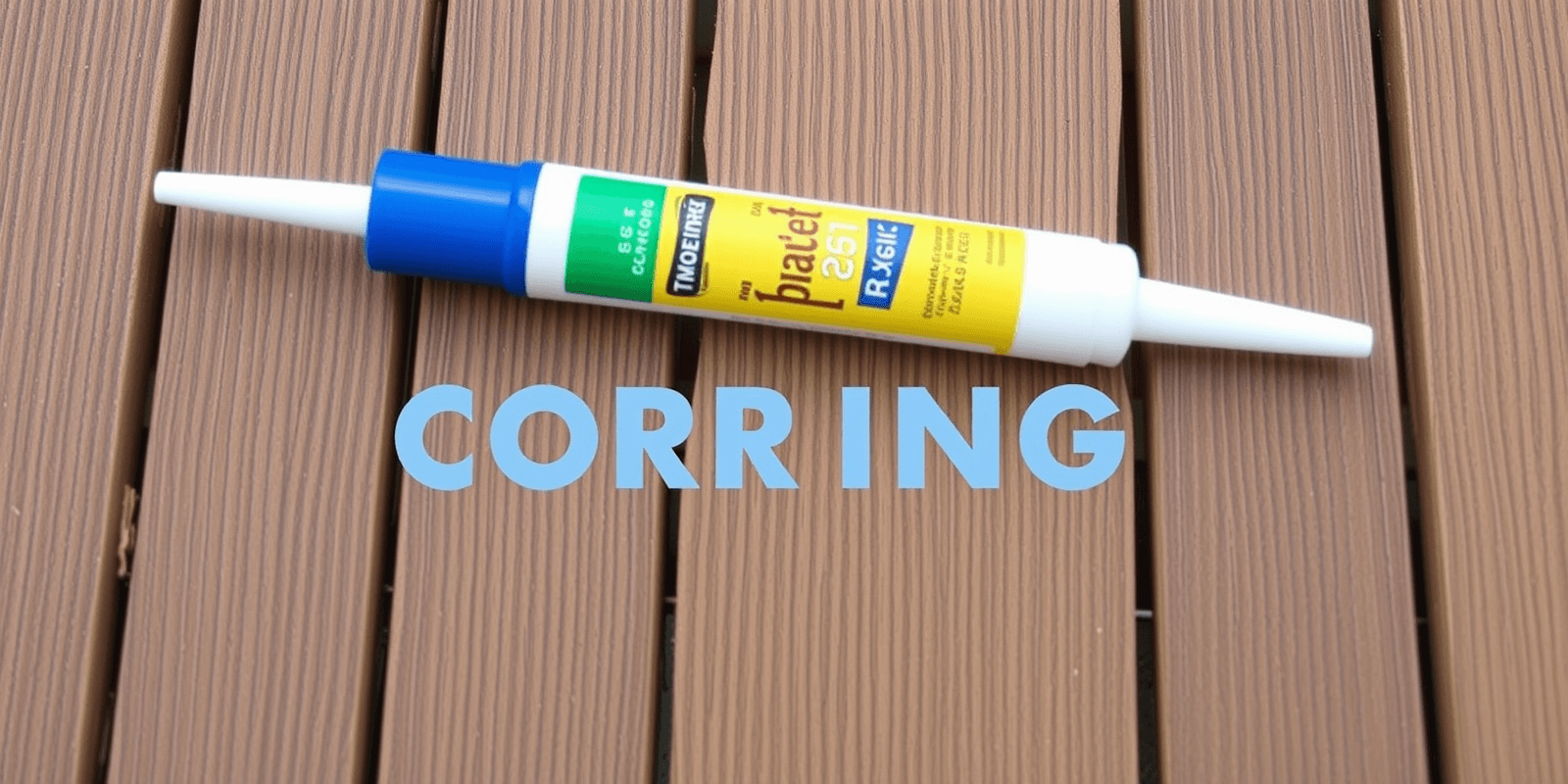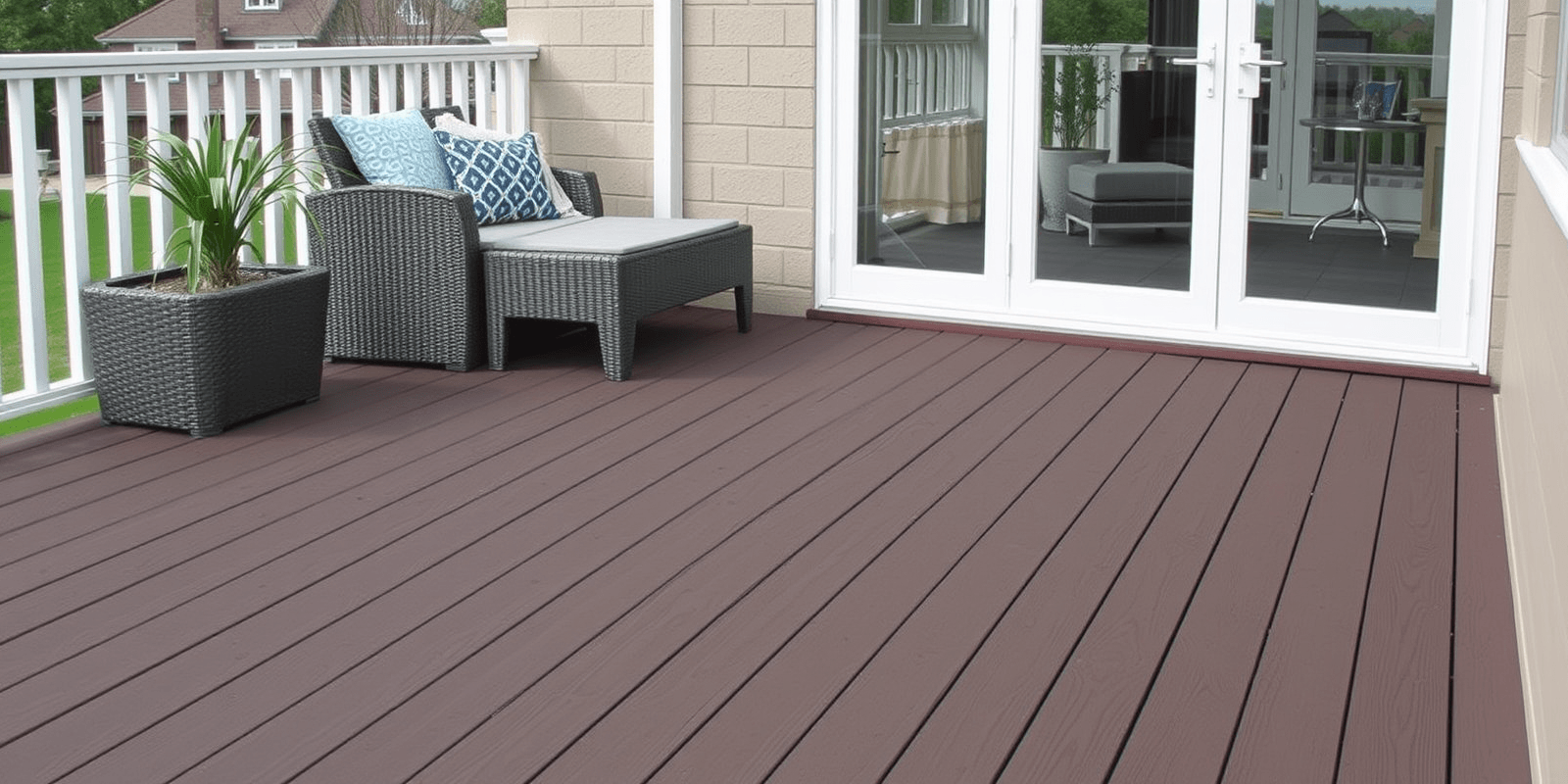“`html
What Glue to Use on Composite Decking
Introduction
Composite decking has become increasingly popular due to its durability and low-maintenance requirements. However, when it comes to repairing or attaching components to composite decking, choosing the right adhesive is crucial. This article will detail the types of adhesives suitable for composite decking, including their benefits and drawbacks. We will also provide step-by-step instructions on application techniques and discuss the importance of proper surface preparation.
Types of Adhesives Suitable for Composite Decking
When selecting an adhesive for composite decking, it’s important to consider factors such as weather resistance, strength, and compatibility with composite materials. Here are some of the most common types:
1. Polyurethane Adhesives
Benefits: Polyurethane adhesives offer excellent flexibility and strength, making them ideal for outdoor applications. They can withstand temperature fluctuations and resist water damage.
Drawbacks: These adhesives may be more expensive than other options and can be challenging to work with due to their thick consistency.
2. Epoxy Adhesives
Benefits: Epoxy adhesives provide strong bonding and excellent chemical resistance. They are particularly useful for heavy-duty repairs and attachments.
Drawbacks: Epoxy can be difficult to apply evenly and may require precise mixing. It also tends to have a longer curing time compared to other adhesives.
3. Silicone Sealants
Benefits: Silicone sealants are flexible and can accommodate movement in the composite material without cracking. They are also resistant to UV light and moisture.
Drawbacks: While silicone is great for sealing gaps, it does not provide as strong a bond as polyurethane or epoxy adhesives.
Step-by-Step Application Techniques
- Surface Preparation: Clean the composite surface thoroughly to remove dirt, dust, and any previous adhesives. Use a degreaser if necessary to ensure a clean surface.
- Apply the Adhesive: Apply the chosen adhesive according to the manufacturer’s instructions. For polyurethane or epoxy, mix the components precisely before application. For silicone, squeeze the sealant directly onto the surface.
- Secure the Component: Press the component firmly into place and hold it until the adhesive sets. Use clamps if necessary to ensure a tight bond.
- Curing Time: Allow sufficient time for the adhesive to cure completely before using the deck. This can range from a few hours to several days depending on the type of adhesive used.
The Importance of Proper Surface Preparation
Proper surface preparation is critical for ensuring a strong and durable bond between the adhesive and the composite decking. Without thorough cleaning and degreasing, the adhesive may not adhere properly, leading to premature failure. Additionally, removing any loose particles or previous adhesives ensures that the new adhesive forms a solid bond with the composite material.
Conclusion
Selecting the right adhesive for your composite decking project is essential for achieving long-lasting results. By understanding the benefits and drawbacks of different adhesives and following proper application techniques, you can ensure a successful repair or attachment. Remember, always prioritize surface preparation to guarantee a strong bond and extend the life of your composite decking.
“`



